A bold giving initiative: Hikmat Road Safety Initiative
CUTTING JORDAN’STRAFFIC DEATHS
introduction
The Hikmat Road Safety (HRS) initiative aims to reduce the high number of traffic-related injuries and fatalities in Jordan and bring about lasting change in the road safety system by creating awareness around the issue, developing road safety infrastructure, and changing behaviors of drivers and pedestrians.Why bold
HRS seeks to address an important gap in Jordan: road safety. It is now a prominent national program, using multiple approaches to work with at-risk populations (mainly youth) and creating long-term systems change.the details
Engage the community
Involve your target audience, particularly youth, in designing and implementing programs
Learn and evolve
Set long-term objectives, collect data to track progress, and adjust programs to meet changing needs
Partner with others
Advocate and engage multiple stakeholders to achieve systems-level impact
Primary philanthropist MAHER KADDOURA
established 2008
Primary Focus ROAD SAFETY
geography JORDAN
FAST FACTS
THE OPPORTUNITY FOR IMPACT
HIKMAT KADDOURA WAS WALKING DOWN A STREET IN AMMAN, JORDAN when he was fatally injured in a traffic accident. The driver fled without consequence. In the days and months that followed, Hikmat’s grieving father, Maher Kaddoura, a long-time management consultant, resolved to attack the root causes of Jordan’s excessive traffic fatalities and injuries.
As Kaddoura learned, the tragedy that befell his son was all too common. Around the time of Hikmat’s death, traffic fatalities and injuries had spiked in Jordan. In 2007 alone, nearly 1,000 families lost loved ones in fatal road accidents – a fatality rate significantly higher than many other countries in the region. That same year, there were almost 18,000 injuries from road accidents, among the highest injury rates in the region. Young adults between 21 and 30 suffered the highest proportion of fatalities and injuries in Jordan, a pattern that is common globally.
Kaddoura realized that the public and private sectors weren’t sufficiently prioritizing road safety, relative to other pressing national concerns, to overcome the challenges. He recalls thinking, “Road safety is not a priority in the country, like job creation, health, and other issues are. This is not high on the national agenda.”
Kaddoura concluded that to significantly reduce accidents – and save others from Hikmat’s fate – he would have to invest in a strategy with ambitious, long-term goals at a national level.

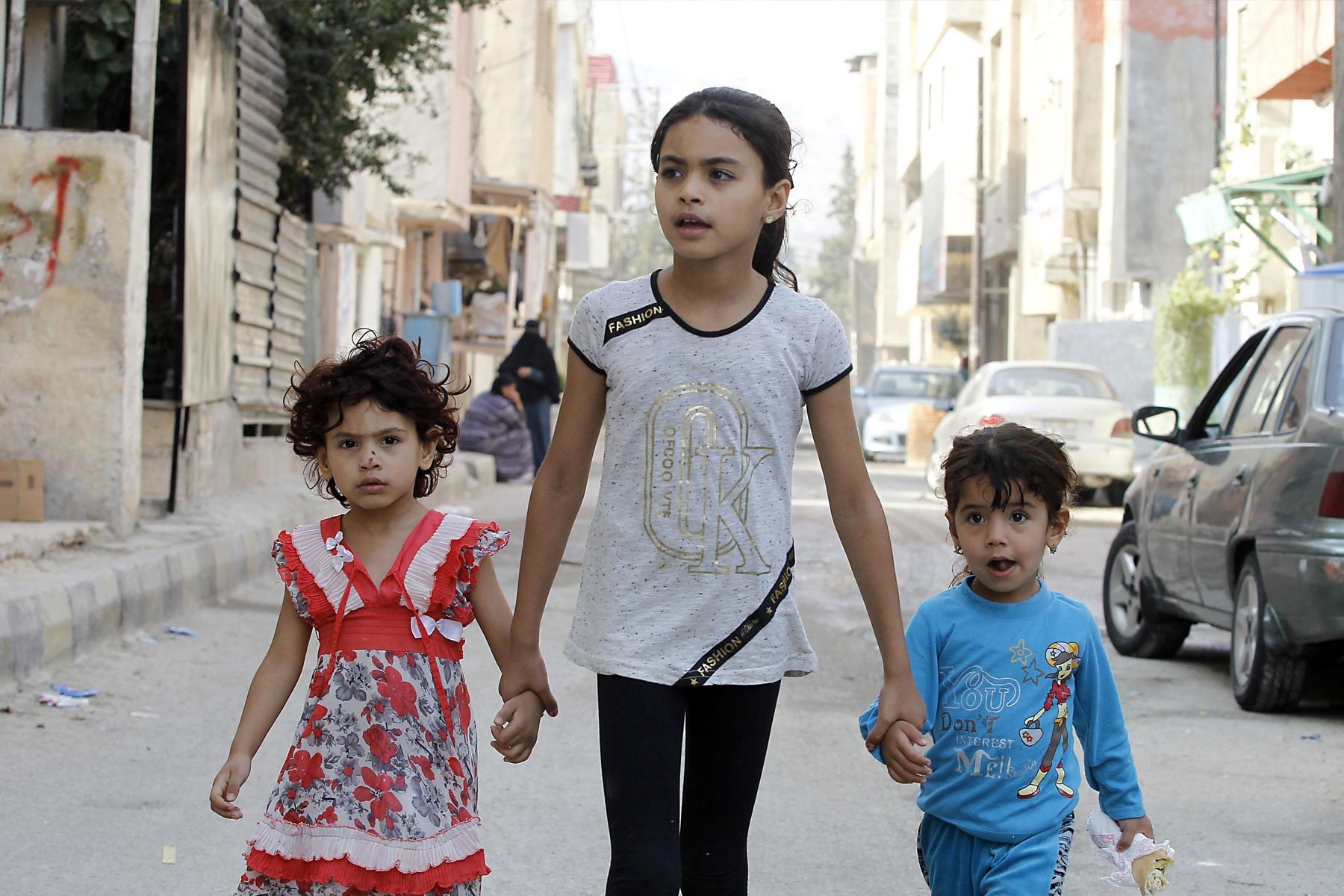
A BOLD INVESTMENT INIMPROVING ROAD SAFETY
SEVEN YEARS BEFORE MAHER KADDOURA LOST HIS SON, HE FOUNDED a not-for-profit company called Al-Jude for Scientific Care, which helps young people become economically self-sufficient. Al-Jude was Kaddoura’s first effort in applying his private sector experience, networks, and resources to confront social and economic problems that afflict Jordan’s youth.
“Most of our work is on bold, disruptive projects,” says Kaddoura. “We don’t do anything traditional. We apply management theory to what we do and we like to partner with others.”
Soon after his son’s death, Kaddoura launched the Hikmat Road Safety (HRS) initiative under the Al-Jude umbrella, with a mission to dramatically reduce Jordan’s traffic-related injuries and fatalities, particularly among children and youth.
Kaddoura invested heavily in HRS, contributing USD 1.4 million to date, as well as his time, knowledge, and passion to support the initiative. By demonstrating simple, easy solutions to address road safety, he motivated other companies and private individuals to contribute an additional USD 1.7 million. Kaddoura also uses his management consulting expertise to guide HRS’s strategy and operations, and his business and government networks, to help advance the initiative‘s impact.
From the outset, HRS was a bold effort, pursuing an issue that others had deprioritized relative to other national concerns. When Kaddoura founded HRS in 2008, it was one of the first initiatives focused on making roads safe at a national level. HRS’s goal was to substantially reduce the total number of traffic fatalities and injuries across Jordan by addressing the root causes of traffic accidents.
HRS pursues multiple approaches to achieving that goal. One is direct service work. Here HRS aims for immediate impact, by designing programs that focus on those most in danger. As Kaddoura puts it, “We consider ourselves a national program, yet focus on where we are bleeding and there is a need for our solutions. We try to get the maximum ‘good’ return on our investment.”
The team uses the Central Traffic Department’s traffic accident statistics and other data to home in on high-risk locations and populations, such as schools and young adults. With this collected data, HRS initially focused on the most dangerous school zones. The team helped improve road safety infrastructure – installing speed bumps and safety signs, for example – in these heavily trafficked areas.
Other HRS efforts focus on building public awareness, to change driver and pedestrian behavior. Before HRS, the media rarely covered traffic accidents, and the public was largely unaware of their cumulative toll. HRS highlights the large number of road injuries and fatalities in Jordan, and puts a spotlight on improving road safety and reversing reckless driving.
Advocacy at the national level and stakeholder engagement is another anchor of the HRS approach. HRS brings road safety issues to the attention of the government, automobile clubs, private sector actors, and others, to push for change at the national level. It then collaborates with these stakeholders to take actions to create lasting change in the overall road safety system.
After less than a decade in operation, HRS’s efforts have contributed to a 50 percent decline in Jordan’s traffic fatality rate.
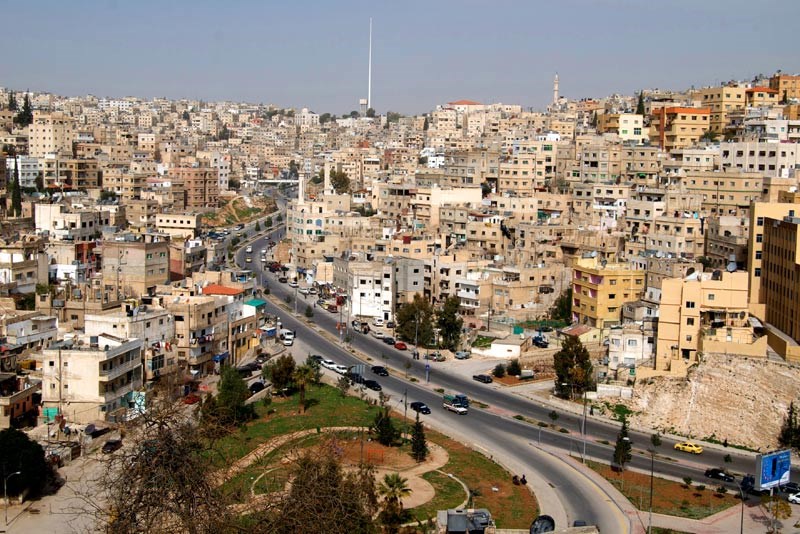
“We consider ourselves a national program, yet focused on where we are bleeding and there is need for our solutions. We try to get maximum ‘good’ return on our investment.”
MAHER KADDOURAFounder, Hikmat Road Safety
HOW THE INITIATIVE WORKS
AFTER HRS’S RESEARCH IDENTIFIED HIGH-RISK LOCATIONS and populations, it sprang into action. Over the last 10 years, its research detected notable gaps, such as:
- Insufficient road safety infrastructure, especially around schools
- Too few safe places for children to play
- A dearth of road safety education for drivers and pedestrians
- Limited law enforcement around pedestrian safety and safe driving (such as ensuring that drivers wear seat belts)
The organization has launched several key programs that address these gaps, working with a variety of stakeholders:
1. SCHOOL MAKEOVERS
When HRS began its work, there were roughly 3,800 traffic accidents each year in Jordan’s 5,000 school zones. Upon close examination, the team observed that 62 percent of those accidents occurred in just 265 of the country's school zones.
Those school zones had a host of problems. They did not have barriers on the side of the road to protect children from oncoming traffic. Drivers weren’t being alerted to this danger, as there weren’t speed bumps or signage. HRS focused on these missing pieces, investing in the required infrastructure as well as launching a campaign on road-safety awareness in schools.
“We started with the 100 most dangerous school zones, based on data from the Central Traffic Department,” explains HRS manager Arafat Abu Kalil.
After improving safety conditions in the most dangerous 100, the work expanded to the rest of the 265 most accident-prone zones.
The influence of HRS extended even further. The team collaborated with other initiatives working on school infrastructure in other school zones across the country, raising awareness and providing guidance for their work. For example, HRS demonstrated types of improvements that could have a lasting impact on road safety, including barriers on the side of roads.
2.PLAYGROUND ENHANCEMENTS
With significant progress in the high-risk school zones, the initiative turned its attention to another leading cause of injuries: children playing in the streets in urban neighborhoods due to inadequate playgrounds. To help shift behavior and encourage these children to play in safer areas, the team improved 100 playgrounds by adding football goal posts and line markings.
“I followed the [traffic] injuries to find more and more playgrounds to fix,” describes Kaddoura.
That 100-playground milestone, in turn, drove additional fundraising success with corporations and individual donors, ultimately allowing HRS to enhance a total of 1,200 playgrounds. HRS also tapped local public resources to support the playground improvements – for instance, using police trucks to transport the required infrastructure.
3.YOUTH AWARENESS AND SAFETY CAMPAIGNS
After making school zones and playgrounds safer, the HRS team focused on increasing road safety awareness, targeting the highest risk populations: school children and young adults.
Despite the progress that HRS’s efforts helped propel, in 2016 people aged 18 to 35 still comprised 44 percent of Jordan’s traffic injuries. The team launched campaigns that focused on youth and enlisted them as volunteers who help advance the effort. Campaign activities include:
- The “I am committed” campaign: Youth volunteers and Central Traffic Department officials stop cars at random and issue “artificial tickets” for poor driving behavior. (They also hand out commendations for driving safely.) The aim: spread the campaign’s core message —“drive safely”— by word of mouth.
- Youth “cafes”: On a monthly basis, young people discuss safety issues and share information, either in-person or through online platforms.
- The “Stop, Look, and Greet” campaign: Conducted in partnership with the Royal Automobile Club of Jordan, children aged 3 to 12 learn how to safely cross the street.
- Shams Band: Volunteers stage plays focusing on road safety in universities.
- Social media awareness: The HRS team and volunteers share stories of families that have lost loved ones in road accidents.
- Shock program: The HRS team films and shows videos of people breaking road rules, such as pedestrians crossing against a red light, to demonstrate consequences and discourage reckless behavior.
“The statistics around traffic accidents have been alarming,” shares Mariam AlAzzeh, director of the Road Safety Center of Excellence. “The Hikmat Road Safety team is doing a great job—especially their program for creating awareness around road safety for youth and children, which has been really impactful.”
4. EDUCATION AND TRAINING
HRS partnered with the German Jordanian University to establish the Road Safety Center of Excellence. The objective: provide road safety training, workshops, and awareness sessions for different stakeholders. For example, engineers learn new approaches to make vehicles safer, and drivers receive instruction on vehicle maintenance and safe driving practices.
Today, the Road Safety Center is working with the Ministry of Transport and other government stakeholders to identify gaps in the laws and improve enforcement. The center is also working to integrate road safety into school curricula.
In addition to these programs, the HRS team collaborates with a variety of other stakeholders on related activities. For example, the government’s Central Traffic Department assists with any significant infrastructure improvements, as well as with data collection and monitoring, especially around trends in traffic-related fatalities and injuries in Jordan. HRS also partners with the Royal Automobile Club of Jordan to provide safe-driving training and implement safety campaigns.


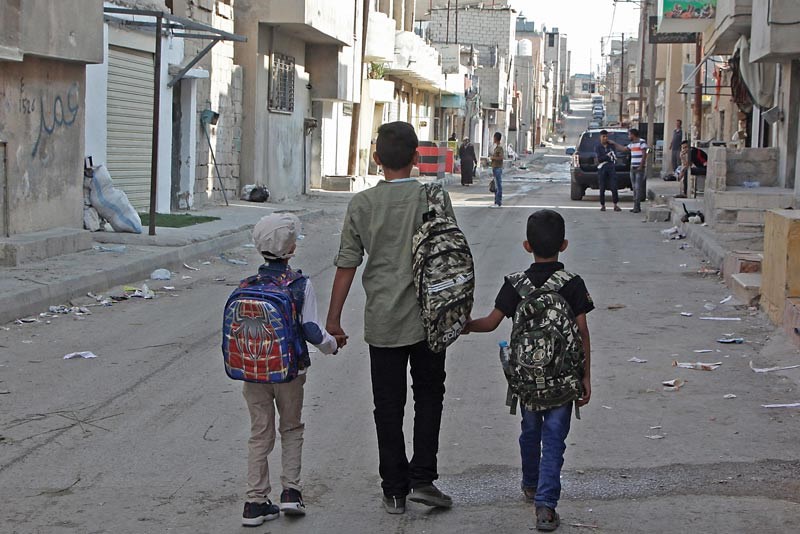

ROAD TRAFFIC FATALITIES AND FATALITY RATE OVER TIME IN JORDAN*
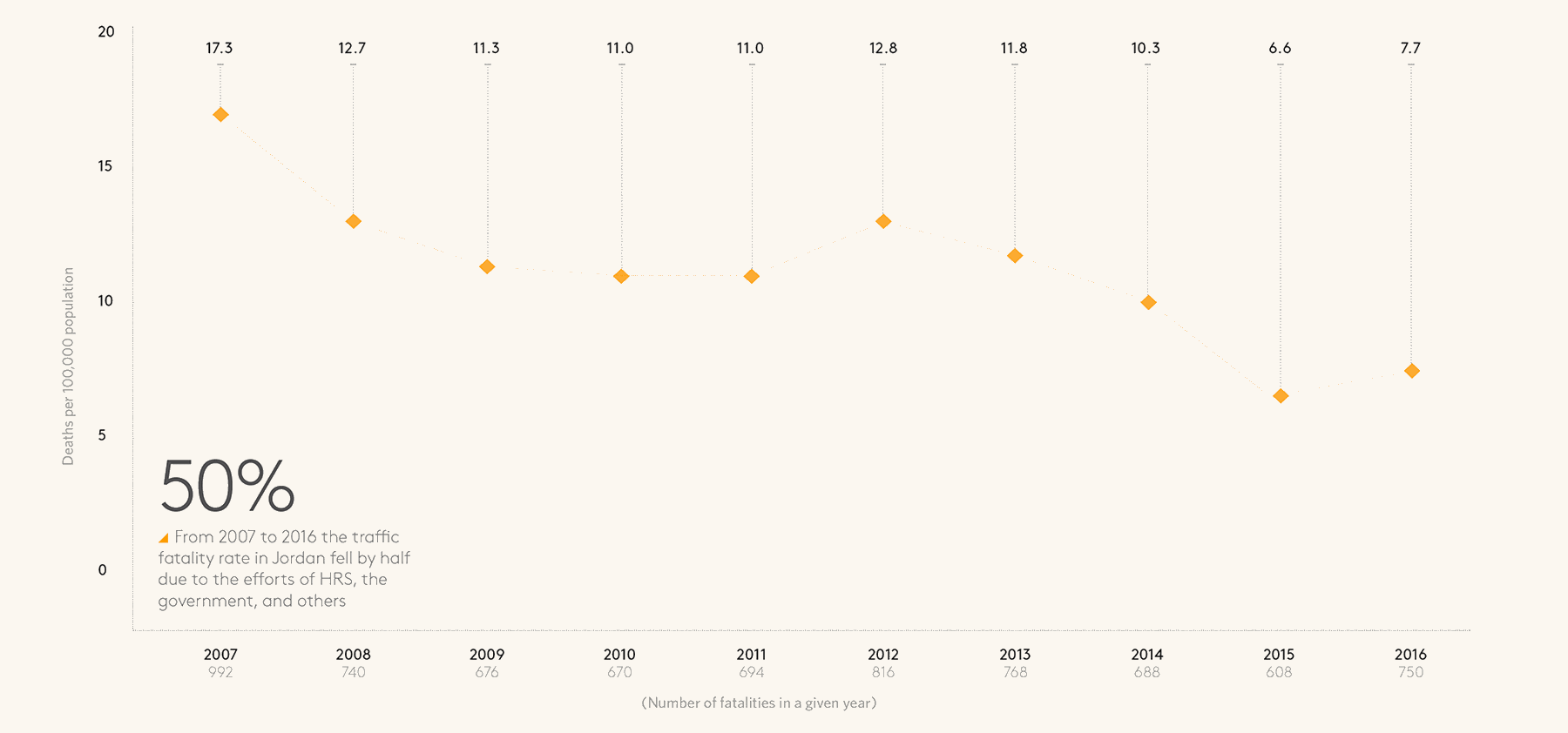
PROGRESS AND RESULTS
MAKING PROGRESS
First and foremost, HRS saves lives. As mentioned earlier, from the initiative’s launch to 2016, Jordan has seen a 50 percent reduction in its traffic fatality rate. While many other factors, such as government support, likely also contributed to the decline, HRS clearly helped catalyze the change. The public also began to take notice, and Kaddoura’s efforts became well-known and well-regarded.
- Targeted solutions
HRS’s work to target the 265 locations most prone to road accidents appears to have been effective.
“Since we fixed the most dangerous school zones, the overall accident rate has dropped significantly,” says Kaddoura. “So the other schools zones were in fact not as dangerous [as the 265 we targeted].”
What’s more, enhancing road safety in Jordan’s most dangerous school zones appears to have had a long-lasting impact. Almost a decade after completing its work in three of the school zones, HRS went back and examined recent data from those zones. “There have not been any accidents outside these schools,” Abu Kalil reports. - Cost efficient models
HRS’s interventions also provide blueprints for cost efficient models that the government and other actors can use across the country. Case in point: improving the first 100 playgrounds cost USD 500 each. When those efforts proved successful, the team employed tactics - such as making design improvements that reduce the quantity of building materials and seeking out less expensive manufacturing and transportation approaches - to reduce the cost of each subsequent playground by USD 200.
HRS raised funds for enhancing the additional playgrounds through sponsorships from companies and individual donors - Community engagement
Beyond these numbers, the team at HRS witnessed changes in how the community engages on the topic of road safety. “One of our successes is that the community is even interested to start,” shares Abu Kalil.
Dozens of youth, never before concerned with this topic, now work as volunteers to implement HRS programs. Others engage on social media and share their opinions. Youth are even starting their own projects related to road safety and contacting HRS to partner and learn more.
NAVIGATING CHALLENGES
The journey to such success has not been linear. Kaddoura and the HRS team have had to learn and adapt over time. Early efforts to bring the road safety issue to national attention by highlighting the heart-wrenching data of injuries and fatalities fell short of changing behavior. HRS had to focus its communications in a more positive light - for instance, by showing photographs of its school makeovers - to build credibility and gain support.
“I garnered more support when I showed a solution,” says Kaddoura. “I did one school and showed the before and after.” By sharing the work more widely, he helped build HRS’s name and credibility to then create more impact.
Despite these efforts, the project suffered a setback after the Arab Spring, when the government and donors had to prioritize other urgent issues, such as job creation and education. More recently, the tide seems to be shifting again to a more favorable state. The government has started to develop a national strategy to improve road safety, with input from the Road Safety Center of Excellence. These changes in the regulatory environment have taught the HRS team to remain flexible and nimble, and to adapt their approaches and programs as the context shifts.
HRS also learned that even with the government’s support, significant progress will not occur unless the police strictly enforce the law.
“My firm belief is that law enforcement is key to sustain safe road behaviors, supplemented with awareness activities and infrastructure improvements such as signage,” says Kaddoura.
Al-Azzeh of the Road Safety Center of Excellence, agrees: “We have a rule that pedestrians should cross the street using crosswalks, but nobody enforces that rule and as a result, the streets still remain chaotic.”
Improving law enforcement remains a challenge, however, requiring close coordination with different government agencies to develop processes for dedicated enforcement and to align incentives. While this takes time, the HRS team continues to share what it has learned, informing the national strategy around road safety.
MOVING FORWARD
HRS seeks to enhance and expand its work around youth awareness and safety campaigns. In 2017, HRS set a goal to train 2,000 young drivers on crash prevention, and 5,000 children on crossing the street safely. The team is also exploring new ways to reach young people. One approach: launching a competition that encourages schools to integrate safety initiatives into their curricula. “There will be schools announced as champions if they conduct more activities,” says Abu Kalil.
The initiative is also exploring a web-based application featuring road safety games, to improve driver and pedestrian awareness.
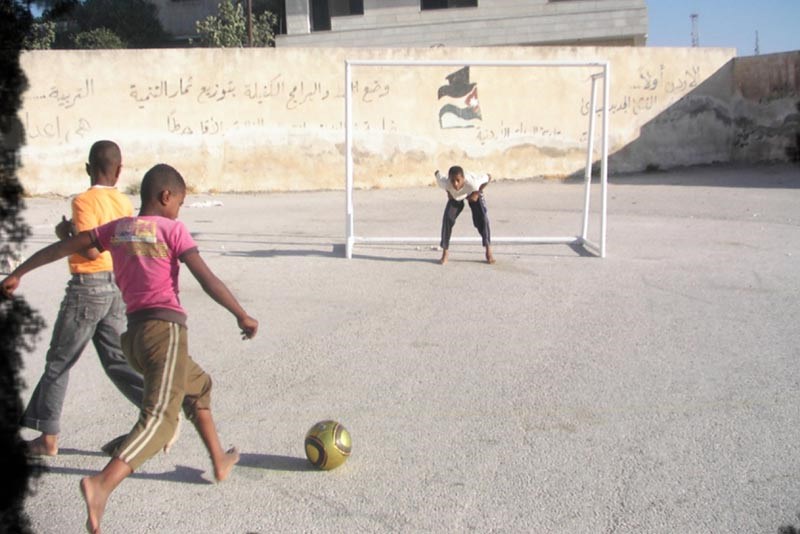

HRS is exploring new ways to reach young people
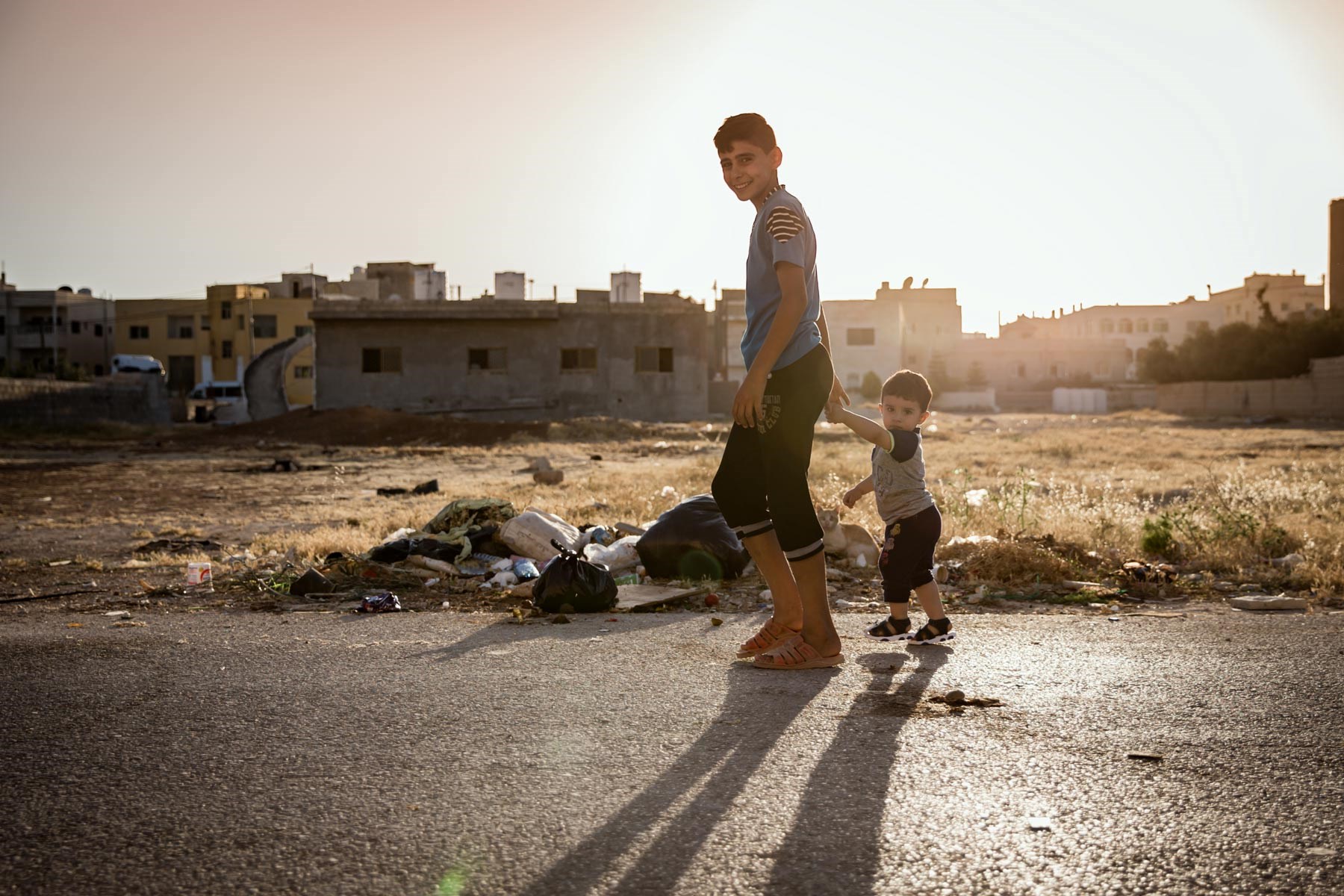
KEY LEARNINGS FOR PHILANTHROPISTS
Engage the community
Involve your target audience, particularly youth, in designing and implementing programs
HRS aimed to make a lasting impact on young people. To build awareness, the team designed informal meetups and theater events on university campuses to attract students and retain their attention. More importantly, the team recruited young people from all backgrounds as volunteers to engage their peers and act as role models by demonstrating good behavior.
“They are the victims, but they were not involved in the solutions,” says Kaddoura. “I wanted to let them drive [the initiative] and feel ownership.”
By engaging and valuing youth in these ways, HRS made them feel truly invested in the solutions.
Learn and evolve
Set long-term objectives, collect data to track progress, and adjust programs to meet changing needs
Kaddoura has set a long-term goal for HRS and directed the team to continually learn and adapt to achieve it. He believes strongly in the power of data and research to identify gaps in the road safety system, track progress, and guide investment. For example, at its outset, HRS used detailed statistics to concentrate its spending on the most dangerous school zones. Over time, data and research has informed decisions to shift focus from improving school zones, to building playgrounds, and ultimately to running awareness campaigns and educating youth.
“We’re not a one-year program, but a 10- to 15-year initiative,” says Kaddoura. “The idea is to be agile…a lot of people in our part of the world become stiff and develop tunnel vision. We use data and research and change our priorities and methods along the way."
Partner with others
Advocate and engage multiple stakeholders to achieve systems-level impact
HRS has worked with many stakeholders in the road safety system, including:
- School administrators
- Road Safety Center of Excellence at the German Jordanian University
- The government’s Central Traffic Department, Ministry of Transport, and Ministry of Education
- Greater Amman Municipality and municipalities outside of Amman
- University administrations
- Public service providers (such as the police and playground operators)
- Corporations
- Individual and institutional donors
- Other organizations working in this space, such as NGOs and the Royal Automobile Club.
By working with different stakeholders, HRS accesses each group’s unique expertise, capabilities, and resources. For example, school administrators suggest improvements for their school zones. The Central Traffic Department’s staff are deployed to promote road safety. Universities provide a forum for connecting young people. Local government provides access to school yards after hours, which can be used as playgrounds.
In this way, HRS builds a collaborative network for road safety, which it hopes will sustain long-lasting change.
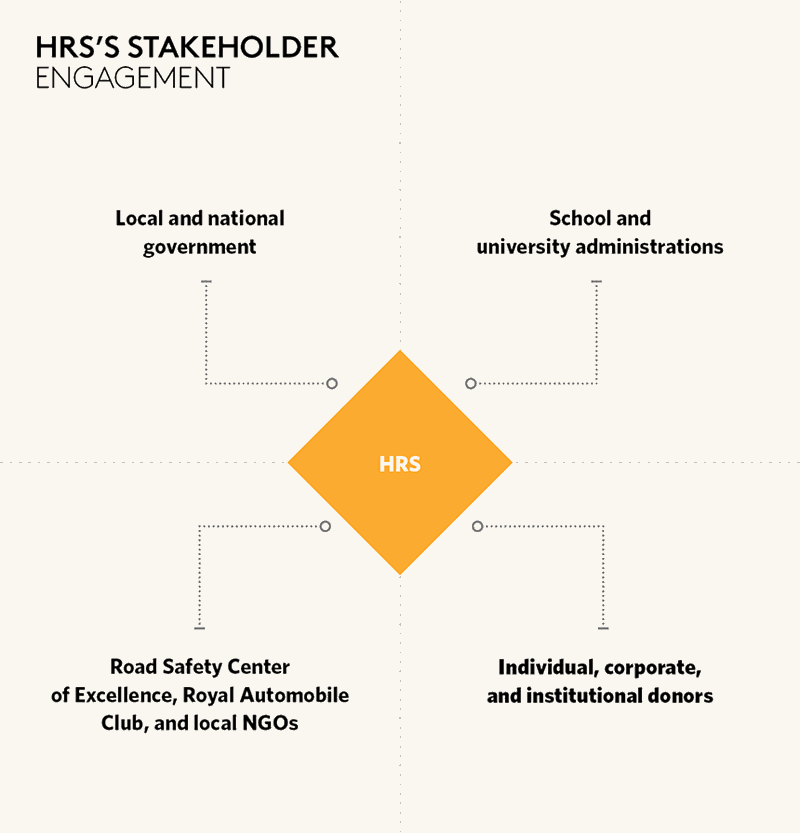
About the philanthropist: MAHER KADDOURA
Overview
Maher Kaddoura’s career in management consulting spans 20 years. Until recently, he served as managing partner at Saudi Arabia-based consultancy Nextmove, which Huron Consulting acquired in 2009. Previously, he was a managing partner at Accenture, where he helped build its presence in the Middle East. Kaddoura has also worked with leading financial services institutions in the Middle East, including stock exchanges, central banks, and retail banks.
In addition to running the Hikmat Road Safety Initiative, Kaddoura’s family foundation, Al-Jude, oversees an entrepreneurship program in schools and an award program for social innovation that airs on Jordan TV.
APPENDIX: References
For access to the full case study, with references and additional features, click here.
Bold giving initiatives
Philanthropists are catalysts for bold initiatives taking place across the Arab region. Explore below to learn more about the impactful work underway. For details of other notable projects in the region, click here. To access further research and notes on the selection process, click here.
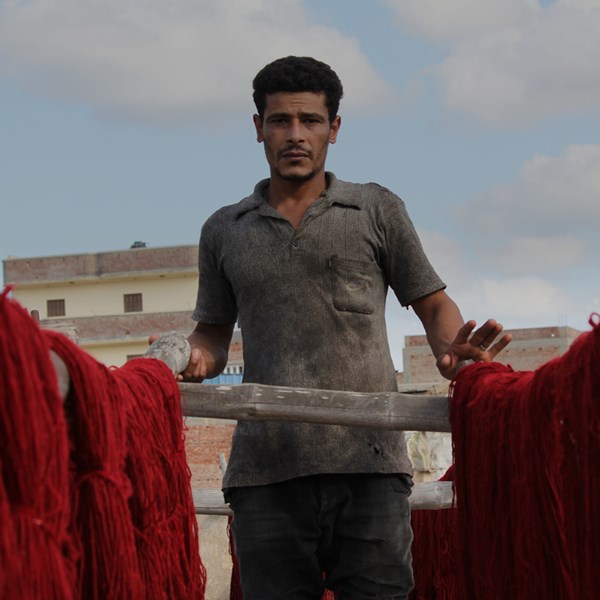
DISCOVERING “WHAT WORKS”TO ALLEVIATE POVERTY
The Abdul Latif Jameel Poverty Action Lab (J-PAL) is a global research center working to reduce poverty by ensuring that decisions on scaling programs and shaping policy are informed by rigorous data.
Primary philanthropist THE JAMEEL FAMILY THROUGH COMMUNITY JAMEEL
established 2003; J-PAL MENA ESTABLISHED 2020
Primary Focus Cross-sectoral, including agriculture, crime and conflict, education, employment, environment and energy, financial inclusion, gender, health, political economy, and humanitarian assistance
geography Research conducted in 86 countries, including nine Arab countries (Egypt, Jordan, Iraq, Morocco, Qatar, Saudi Arabia, Tunisia, Lebanon, and Yemen). Global office at the Massachusetts Institute for Technology (MIT) in the US, and seven regional offices: Africa, Europe, Latin America and Caribbean, North America, South Asia, Southeast Asia, and Middle East and North Africa
View More

BUILDING PATHWAYSOUT OF POVERTY IN UPPER EGYPT
The Sawiris Foundation for Social Development took a bold approach to tackling poverty in rural Upper Egypt: to pilot farming models from other regions; find what works, and then work with partners to scale these practices across the country.
Primary philanthropist THE SAWIRIS FAMILY
established 2012
Primary Focus AGRICULTURE AND LIVELIHOODS
geography UPPER EGYPT
View More
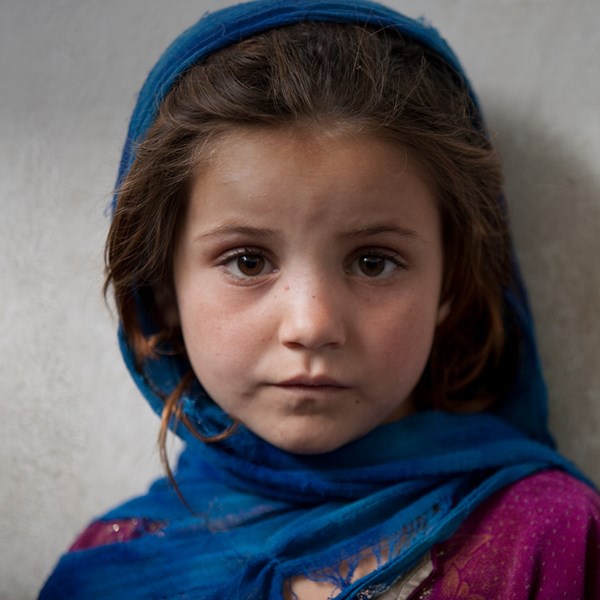
POOLING PHILANTHROPIC CAPITALTO IMPROVE HEALTH AND LIVELIHOODS
The Shefa Fund is a pooled fund that fosters collaboration and learning among individual Arab philanthropists, with the goal of improving the health and livelihoods of vulnerable children and families in the Middle East and beyond.
Primary philanthropist Khaled and Olfat Juffali, in collaboration with the Bill & Melinda Gates Foundation
established 2013
Primary Focus Health and emergency relief
geography Middle East and Africa
View More
